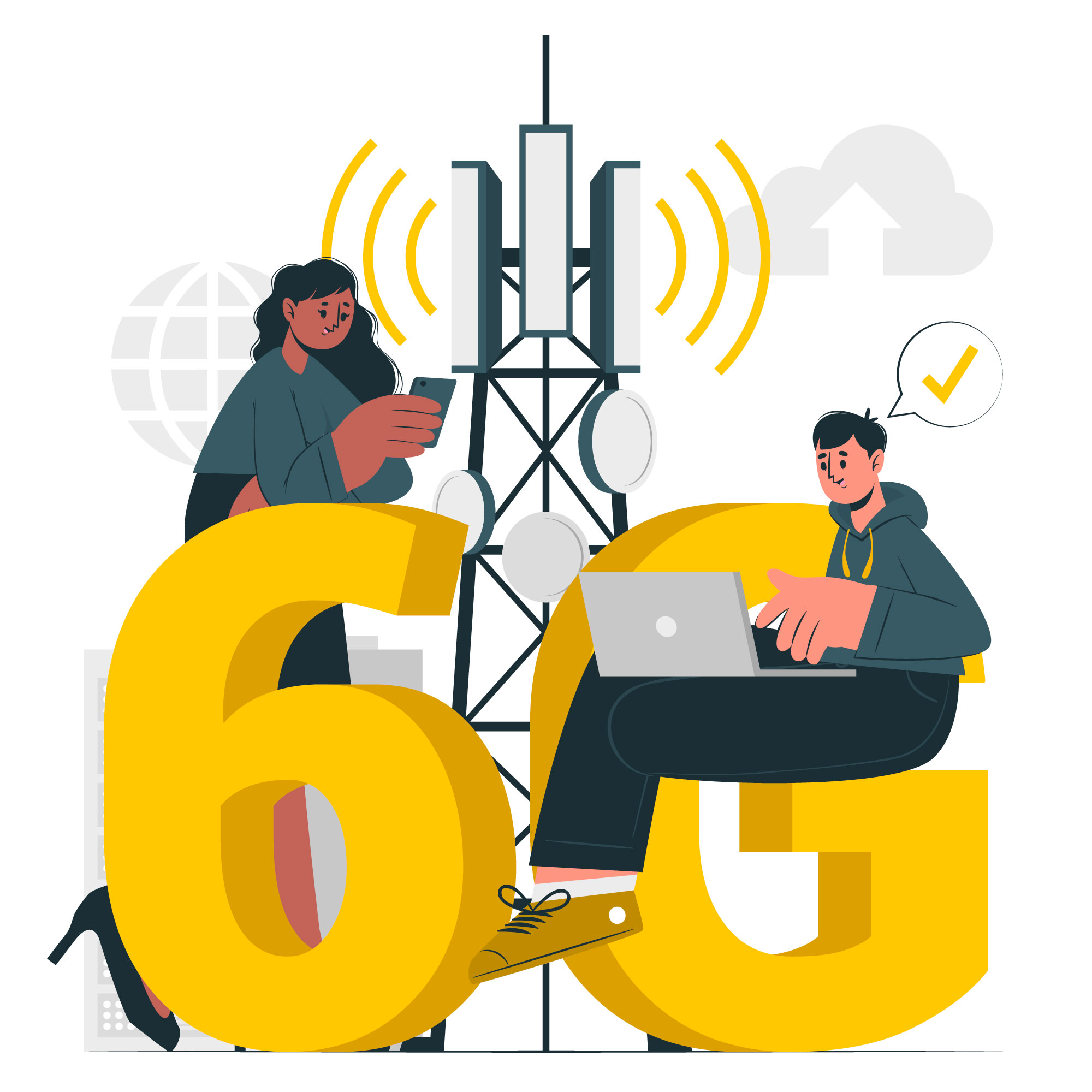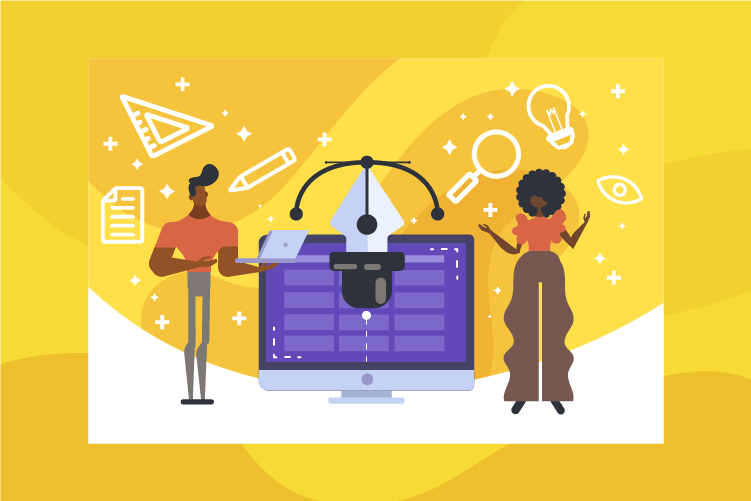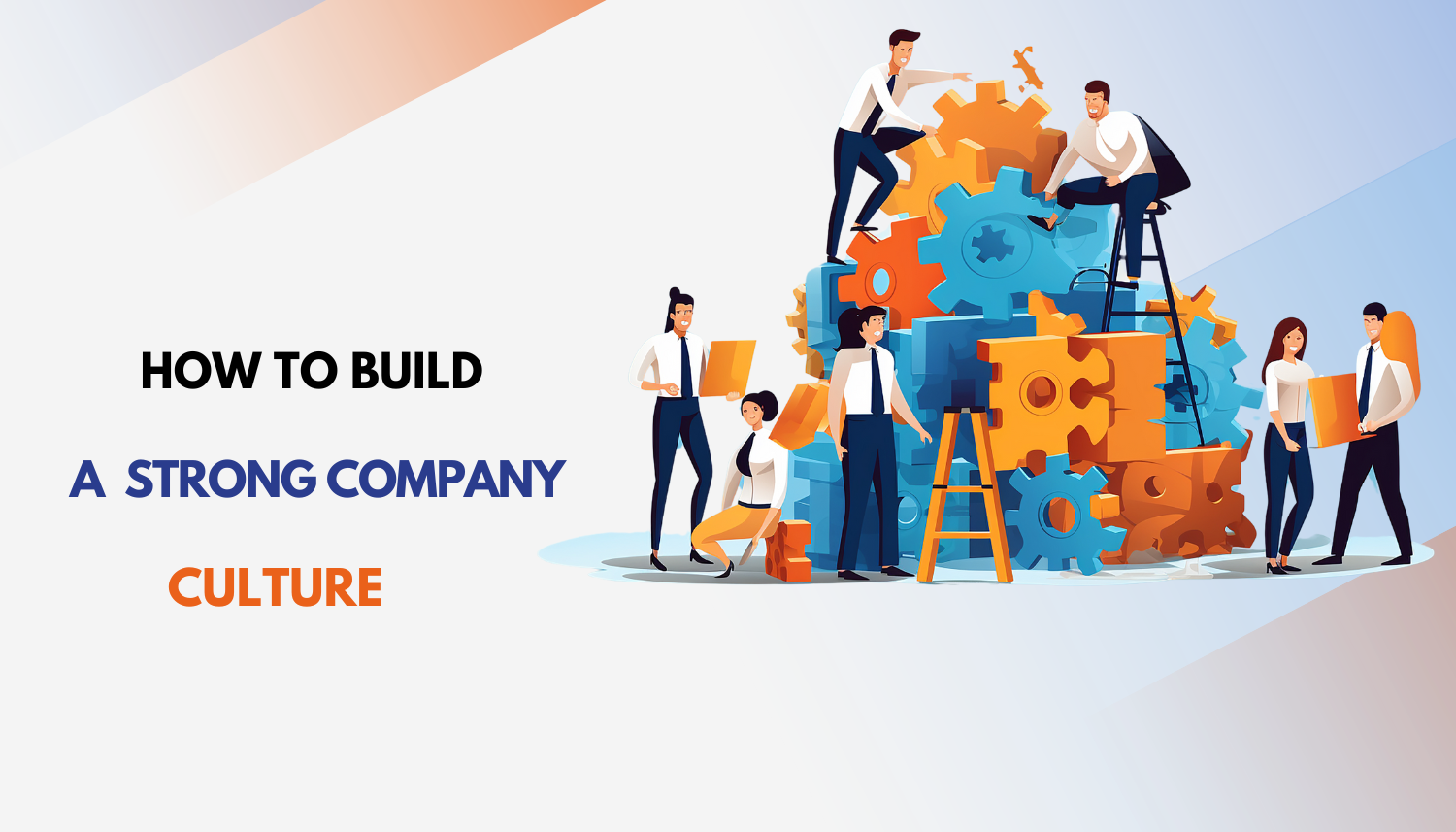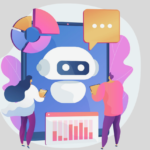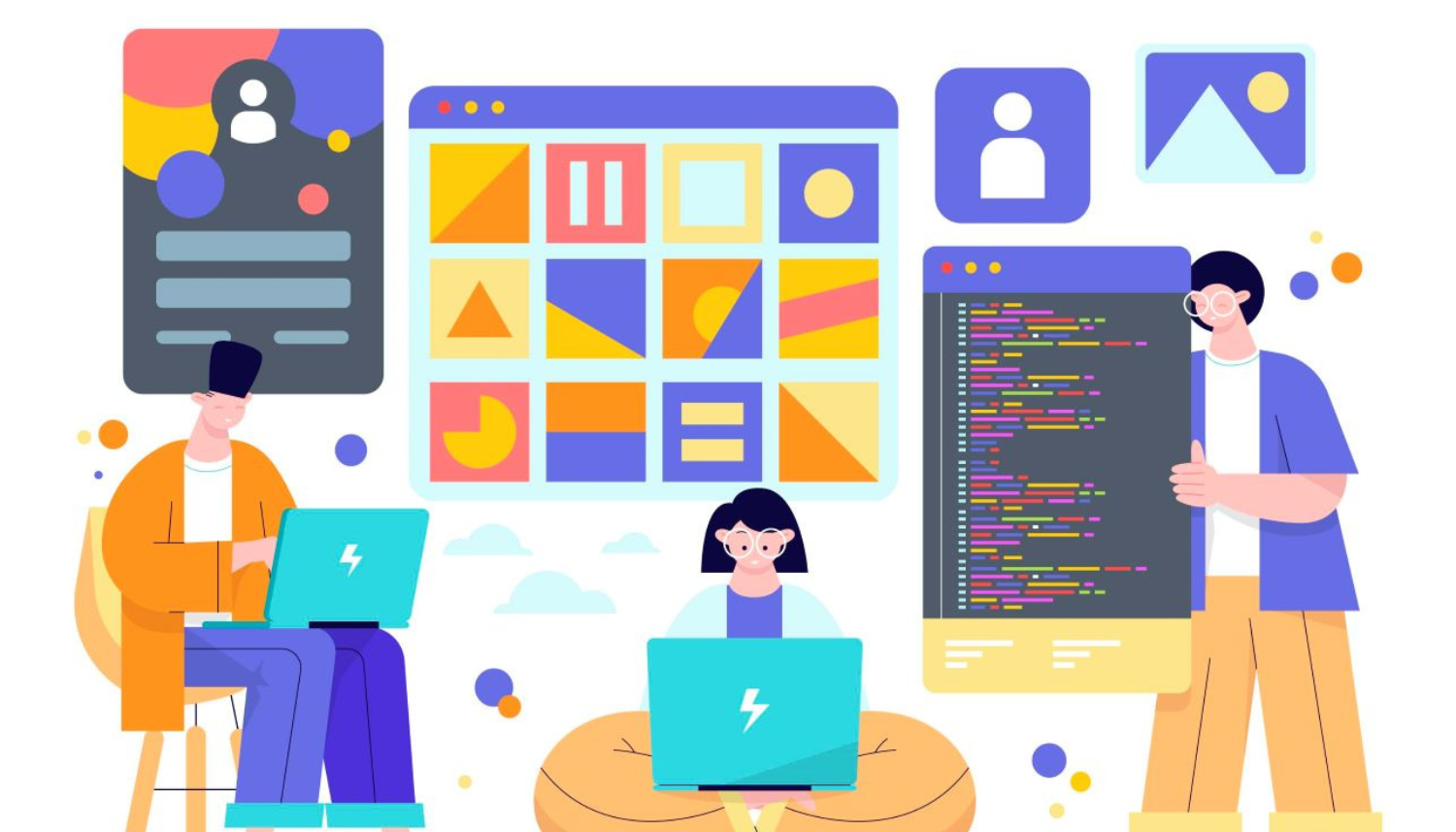Embracing Artificial Intelligence in User Experience Design
Artificial Intelligence (AI) is revolutionizing the field of web design, particularly in the realm of user experience (UX) design. AI-powered tools and algorithms are being integrated into web design processes to enhance the overall user experience and optimize website performance.
One of the key applications of AI in UX design is the use of chatbots and virtual assistants. These intelligent bots are capable of understanding user queries and providing relevant information or assistance. They can improve user engagement and reduce the need for human intervention.
Another area where AI is making waves in UX design is personalization. AI algorithms can analyze user data and behavior to deliver personalized content and recommendations. This not only enhances the user experience but also increases conversion rates and customer satisfaction.
Incorporating Advanced Animations and Dynamic Content
Web design in 2024 is characterized by the integration of advanced animations and dynamic content, creating immersive and engaging user experiences. Animations are no longer limited to simple hover effects or loading spinners. With advancements in web technologies, designers can now leverage complex animations to bring websites to life.
Dynamic content, on the other hand, allows websites to adapt and personalize content based on user interactions and preferences. This can be achieved through techniques like real-time data updates, personalized recommendations, or user-triggered content transformations.
Sustainability in Web Design: Eco-Friendly Practices and Optimization
As the world becomes more environmentally conscious, sustainability in web design is gaining traction in 2024. Web designers are embracing eco-friendly practices and optimization techniques to reduce the carbon footprint of websites and contribute to a greener digital ecosystem.
One of the key practices is optimizing website performance to reduce energy consumption. This includes minimizing file sizes, compressing images, and optimizing code to improve loading times and reduce server resource usage.
Designers are also exploring sustainable materials and design elements, such as using eco-friendly color palettes, incorporating nature-inspired visuals, and SSpromoting eco-conscious messaging.




